
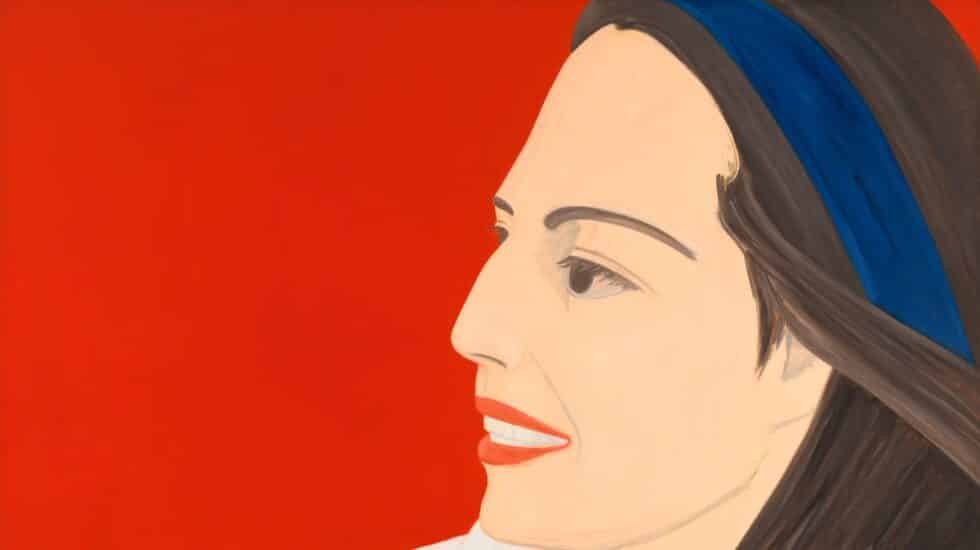
Alex Katz, Red Smile, 1963
Suggestive and elegant, like a melody from sway jazzart Alex Katz (New York, 1927) through the corridors of the Thyssen-Bornemisza Museum in Madrid. The powerful grandeur of his paintings contrasts with the simplicity and charm of his images, which do not overwhelm but invite you to explore the universe of subtle beauty. Katz’s work is a reflection of another era, another present, but no less alive because of the materialization of his spirit in painting.
A gigantic portrait of his wife and muse Ada greets the exhibition with a flawless crimson smile that almost blends into the deep red background (red smile, 1963). The imposing dimensions, the color intensity and the importance of the drawing are some of the characteristics that dominate this and other works. about 40 that complete the selection.
This retrospective of an American artist allows first time in Spain an exhibition capable of spanning six decades of the career of one of the great American artists of recent times.
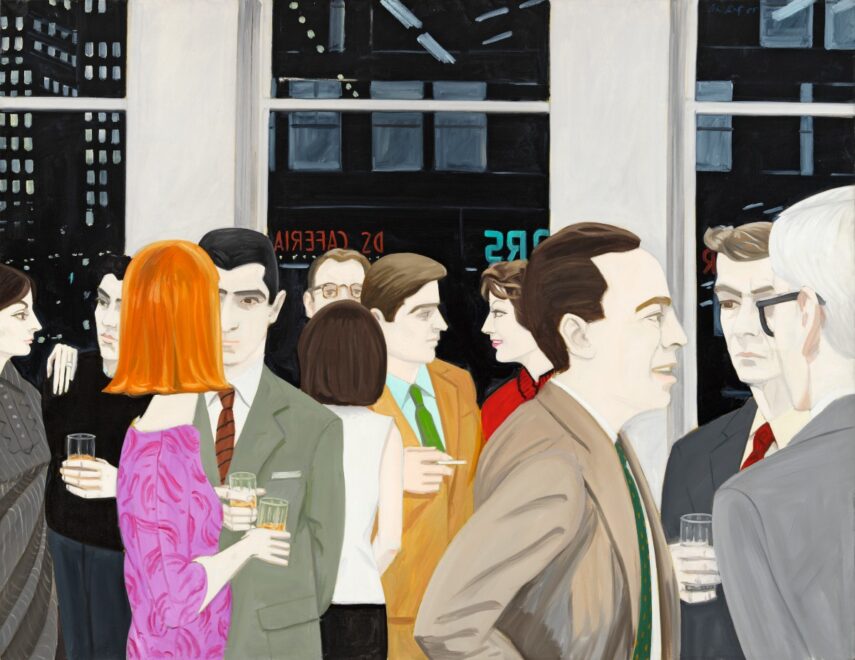
While the abstractionist trend of visionaries like Pollock, de Kooning or Rothko seemed to monopolize the creation of a truly American style in the 1950s, Katz found figuration to be the best way to capture the spirit of his time.
Geometric perfection of forms, fashion ready to wear and the condensed gestures of the advertisement reflect the lifestyle that Katz witnessed and participated in through his paintings. Some have raised him as the grandfather of pop art due to his proven influence on artists like Andy Warhol, but instead of reflecting popular culture ideals, Katz focuses on painting what is part of his surroundings, that sophisticated New York high society. D chic who frequents Soho, drinking gin and tonics and smoking nice stylish cigarettes.
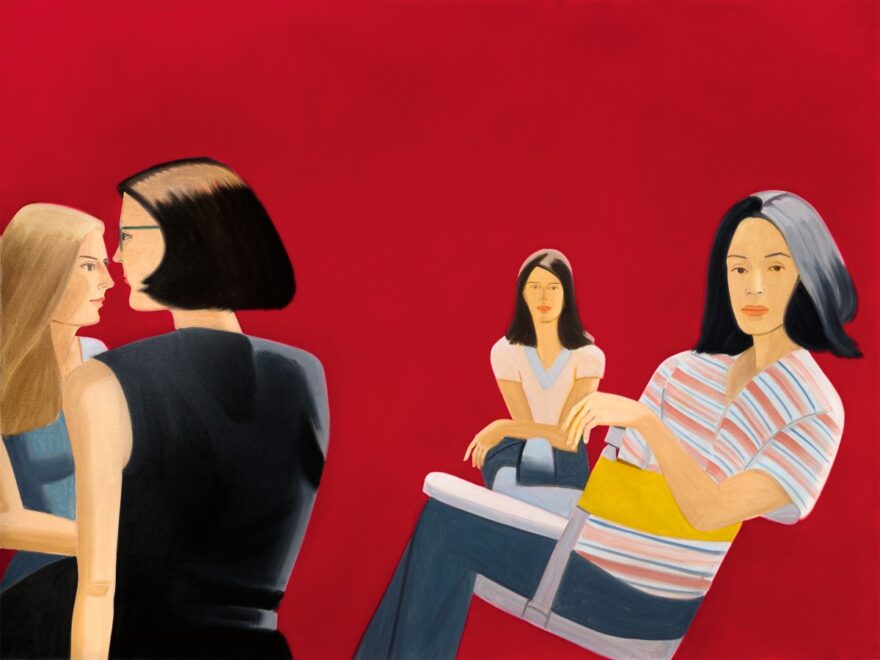
The artist says thatart represents the energy of culture”, and the energy that Katz’s paintings radiate has a bitter aftertaste due to the illusory expressiveness of his views, sometimes isolated, sometimes elusive, in poses and frames that emphasize the isolation of his main characters, sometimes reminiscent of the work of Hoppers (cocktail party1965; light i1975; in the stands, 1983). Dissatisfaction always seems a little better to those who suffer from it when it masquerades as the charm.
However, the New York artist is careful not to hint at any disapproval or criticism, he is just trying to show what he sees. “I draw people smoking and drinking because these are gestures that represent my time.”, explains Katz himself, who has always avoided talking about the political or sociological aspect of his work.
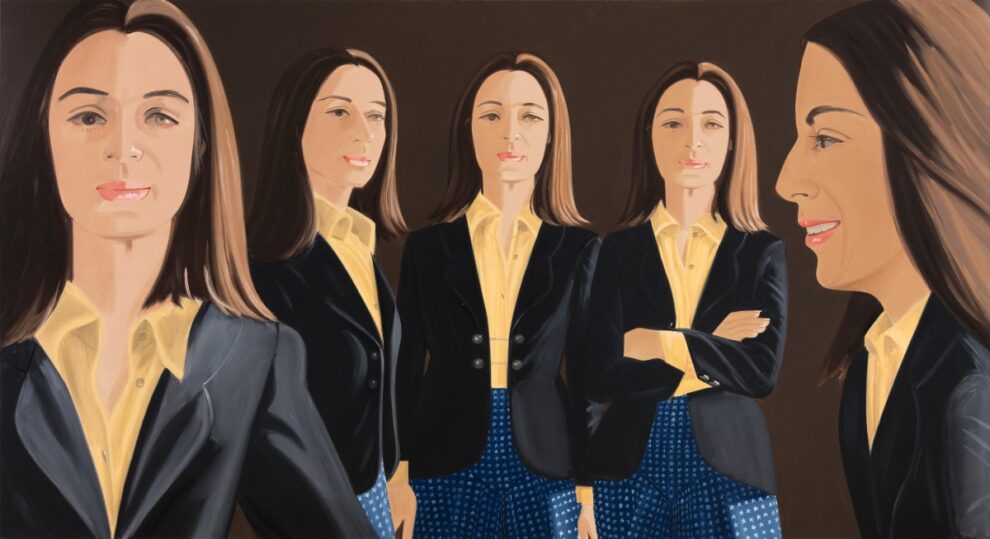
Alex Katz’s art is like the story of John Cheever, a mirage of success and happiness; on a sunny Sunday morning in Central Park in a turtleneck and sunglasses, the Benny Goodman quartet plays over an evening cocktail overlooking the skyline Manhattan, cigarette with suit and briefcase before returning home after a day at the office.
But not only portraits live on this tour, landscaping is another great pattern theme. BUT colorful landscaping and minimalist compositionbut whose immensity has a stimulating and evocative enveloping effect. Floral motifs, flowers and forests, sunsets and city lights complete his work, organically creating the universe. katian in which the visitor is immersed due to the defiant frontality of his painting and the boundaries between abstraction and figuration.
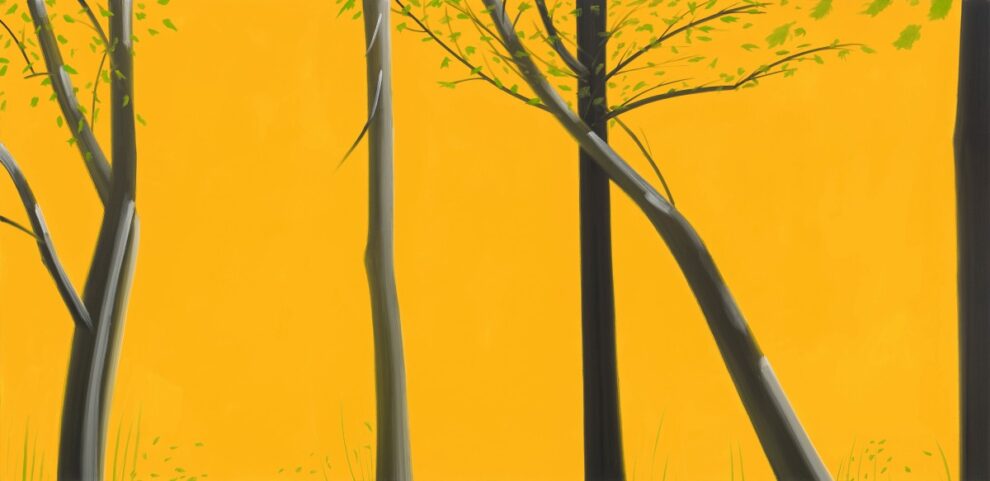
Though recognition came late, this journey through the work of Alex Katz provides a panoramic look at the artist who used and relied on figuration to get a form of expression as powerful and stimulating as that which involves abstraction. The New York-based artist’s painting succeeds in perpetuating an important part of the Western cultural imagination needed to understand modern society.
The exhibition organized by the Thyssen Museum, curated by Guillermo Solana and prepared with the approval of Katz himself can be visited. until September 11 in Madridbefore much of his work crosses the ocean again to star in another major retrospective at the Guggenheim in New York.
Source: El Independiente